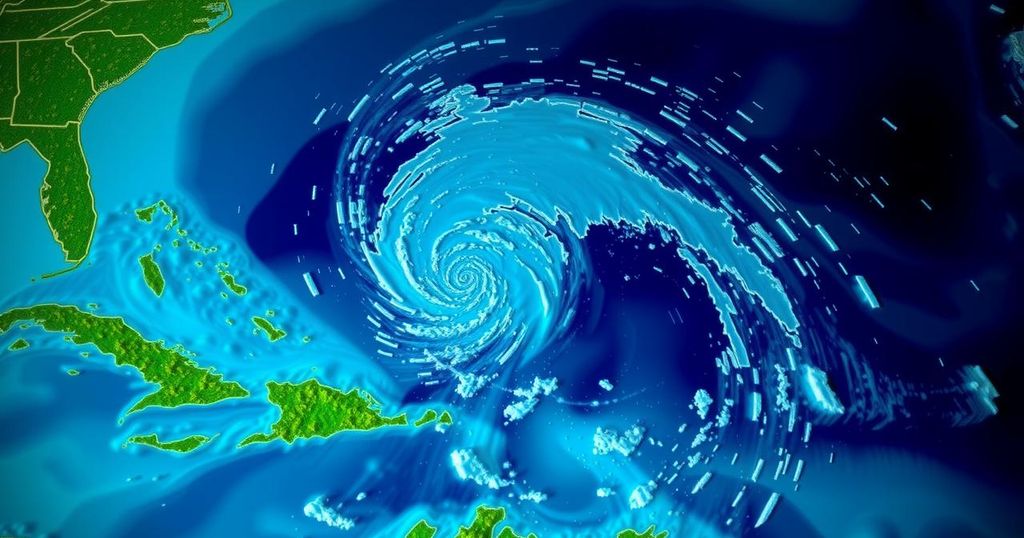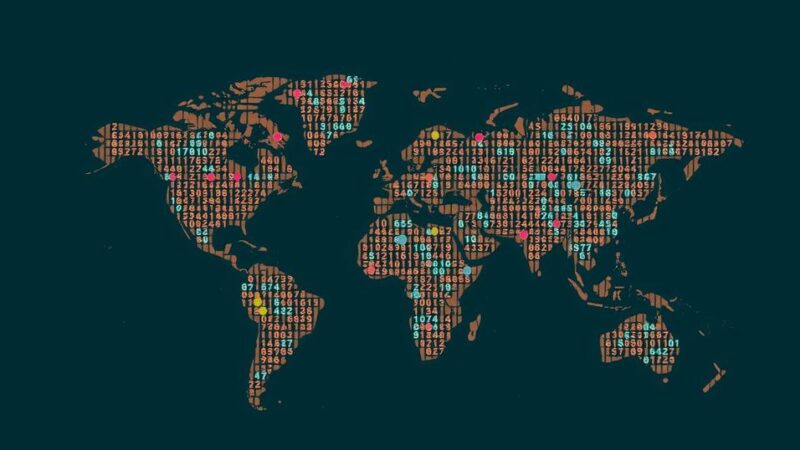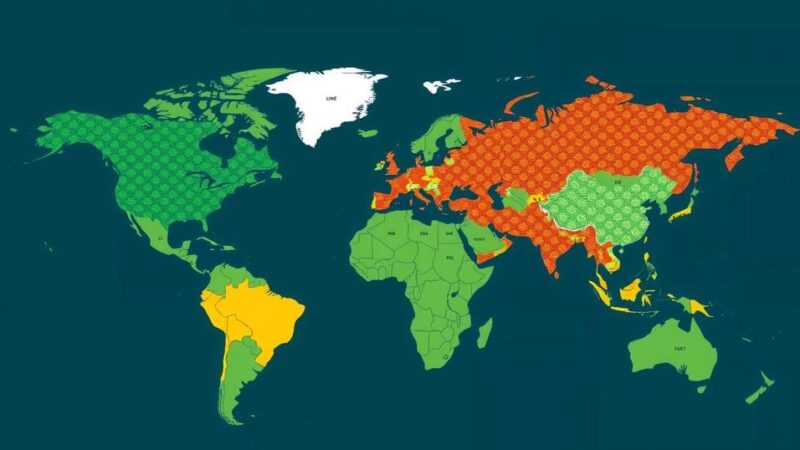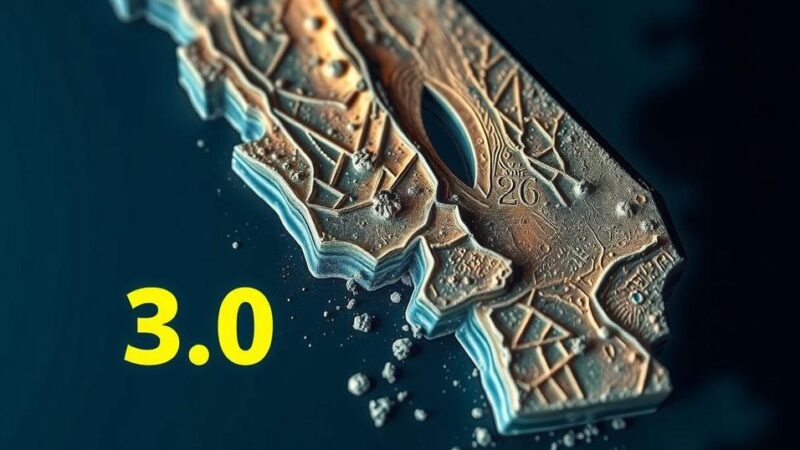The National Hurricane Center is monitoring three tropical systems: one developing in the Southwestern Caribbean Sea, a low-pressure trough in the Northeastern Caribbean, and a non-tropical low pressure in the North Atlantic. The most significant chance of formation is associated with the Caribbean system, which has a 60% chance of developing into a tropical depression over the coming days.
As of Thursday afternoon, the National Hurricane Center is diligently monitoring three tropical systems developing within the Atlantic Ocean and the Caribbean Sea. The first system is positioned over the Southwestern Caribbean Sea, where a broad area of low pressure is anticipated to establish itself over the upcoming days. The likelihood of this system evolving into a tropical depression is feasible over the weekend or early next week as it migrates predominantly northward or northwestward. Forecasters predict a 60% chance of development within the next week, marking an increase from the previous 40% chance noted on Wednesday. Notably, heavy rainfall is expected in regions from Nicaragua to northern Colombia, irrespective of whether a tropical depression forms. It is emphasized by the National Weather Service in Jacksonville that the emergence of threats in the Northwest Caribbean Sea or Southeast Gulf of Mexico during this time of year is typical. Historical patterns reveal that storms emerging from these areas frequently traverse South Florida or Cuba before progressing toward the Bahamas, citing the case of Tropical Storm Michelle in 2001. However, there are notable deviations from this trend, as evidenced by storms such as Kate in 1985 and Nicole in 2022. The second area of concern is situated in the Northeastern Caribbean Sea. Currently, a trough of low pressure near Puerto Rico is generating considerable cloudiness and precipitation across the Dominican Republic, Puerto Rico, and surrounding areas. Despite a slow development forecast for the next two to three days, it is expected that this system will eventually merge with the broader low-pressure area over the Caribbean. Presently, there is a 10% chance of development within the next week, with heavy rains anticipated from the northern Leeward Islands extending to eastern Cuba and the southeastern Bahamas. Lastly, an additional system has emerged in the North Atlantic, where a storm-force non-tropical low pressure area is located approximately 550 miles west of the western Azores. Forecasts suggest that any further intensification into a subtropical or tropical cyclone will be gradual. The current probability of this system developing is assessed at 20% over the next week. The next designated name for an evolving tropical cyclone will be Patty.
The monitoring of tropical systems by the National Hurricane Center is a critical aspect of hurricane preparedness and public safety. During the hurricane season, which typically spans from June 1 to November 30, various meteorological conditions in the Atlantic and Caribbean regions can lead to the formation of tropical storms and hurricanes. Awareness of these systems allows local authorities and citizens to prepare for potential impacts, including heavy rainfall, flooding, and wind damage. Understanding historical patterns aids in predicting the likely paths of these storms, thereby enhancing response strategies.
In summary, the National Hurricane Center is currently tracking three distinct weather systems in the Atlantic and Caribbean regions. The Southwestern Caribbean Sea system shows the highest potential for development, while contributions from other systems in the Northeastern Caribbean Sea and North Atlantic require continued observation. Preparedness and vigilance remain paramount during this period as weather patterns evolve.
Original Source: www.news4jax.com






